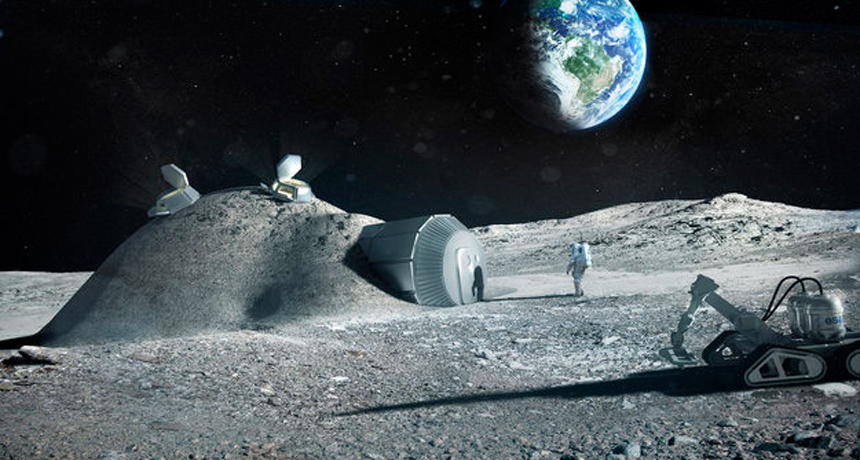additive manufacturing This process of creating solid objects by depositing material, micro-layer by micro-layer (or slice by slice) from the bottom up. It’s an explanation for how 3-D printing works.
cell The smallest structural and functional unit of an organism, typically too small to see with human eyes.
digital (in computer science and engineering) An adjective indicating that something has been developed numerically on a computer or on some other electronic device, based on a binary system (where all numbers are displayed using a series of only zeros and ones).
engineering The field of research that uses math and science to solve practical problems.
maker A term used to describe people who are do-it-yourselfers, making things they want and need, rather than buying commercial versions of products (everything from fabric and beer to furniture and tools). Many makers are now turning to 3-D printers to create items when and where they’re needed.
manufacturing The making of things, usually on a large scale.
organ (in biology) Various parts of an organism that perform one or more particular functions. For instance, an ovary makes eggs, the brain interprets nerve signals and a plant’s roots take in nutrients and moisture.
tissue Any of the distinct types of material, comprised of cells, which make up animals, plants or fungi. Cells within a tissue work as a unit to perform a particular function in living organisms. Different organs of the human body, for instance, often are made from many different types of tissues. And brain tissue will be very different from bone or heart tissue.
transplant In medicine, the replacement of tissue or an organ with that from another organism.
three-dimensional (3-D) printer A machine that takes instructions from a computer program on where to lay down successive layers of some raw material to create a three-dimensional object.
three-dimensional (3-D) printing The creation of a three-dimensional object with a machine that follows instructions from a computer program. The computer tells the printer where to lay down successive layers of some raw material, which can be plastic, metals, food or even living cells. 3-D printing is also called additive manufacturing.
virtual Being almost like something. An object or concept that is virtually real would be almost true or real — but not quite. The term often is used to refer to something that has been modeled — by or accomplished by — a computer using numbers, not by using real-world parts. So a virtual motor would be one that could be seen on a computer screen and tested by computer programming (but it wouldn’t be a three-dimensional device made from metal).








